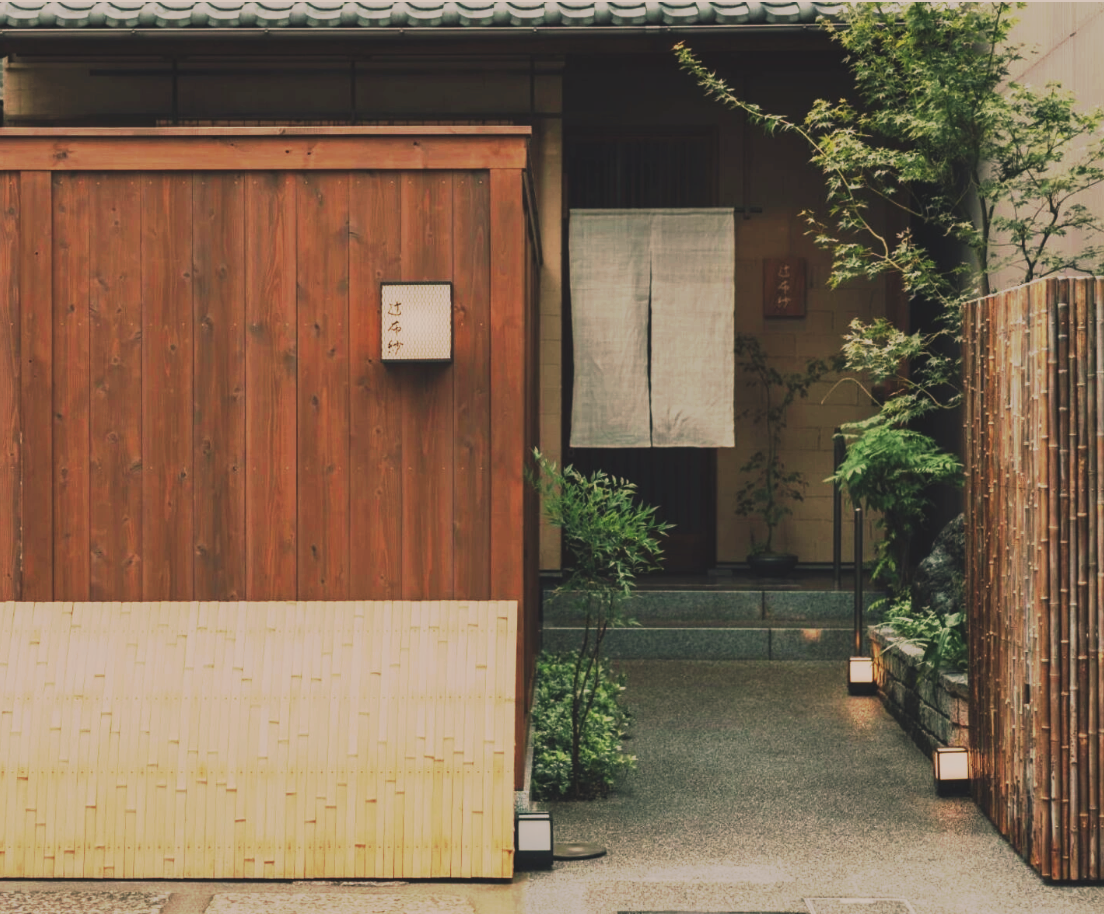Notes from Kyoto: What Tsujifusa Taught Us About Quiet Mastery
A quiet doorway in Kyoto, leading to one of the most unforgettable meals of our summer.
This summer, in the thick of Kyoto’s green season, we had the rare privilege of dining at Tsujifusa, a kaiseki restaurant tucked into the folds of the city’s historic heart. No flashy sign, just a door, and behind it, one of the most transporting meals we’ve ever experienced.
The setting is modest, warm, and composed, a stage where details recede so that the food can take the spotlight. But it’s not just about what’s on the plate. It’s the choreography of it all. A couple, calm, composed, wordlessly attuned to one another, move through the space with grace. Their rhythm becomes yours. You sit. You breathe. You feel deeply cared for.
What arrived, course by course, was a masterclass in restraint and reverence. Hyper-seasonal ingredients, chosen at their peak. Flavors in conversation, never fighting for attention. Dishes plated with such intuitive precision that each one felt inevitable, like there could be no better way to present what had been gathered and offered.
Each vessel was chosen with the same care. Not as an afterthought, but as part of the dialogue. The ceramics, lacquer, and wood weren’t props, they were part of the experience and held the food with reference.
We left Tsujifusa quieter than when we arrived. Recalibrated.
At Oui, we’ve always believed that clothing, like cuisine, is a form of communication. One that honors the body, the work, and the moment.
Tsujifusa reminded us that elegance can be humble, mastery can be quiet, and care is always felt.

